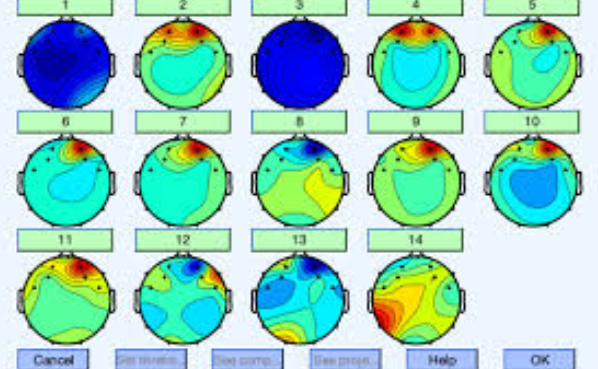Detection and Mitigation of Cybersickness via EEG-Based Visual Comfort Improvement
PubDate: December 2019
Teams: Hacettepe University
Writers: Ufuk Celikcan
PDF: Detection and Mitigation of Cybersickness via EEG-Based Visual Comfort Improvement

Abstract
Cybersickness is a notoriously common problem experienced with virtual reality (VR) systems. While the symptoms produced in the user of these systems are similar to the symptoms of motion sickness, the reaction to cybersickness is largely unrelated to physical movement, since physical movement, if any, is realized by the user in VR. Detection of cybersickness in a VR environment is a substantial step towards providing a comfortable VR experience. Because cybersickness has many symptoms, it has proved to be difficult to develop a precise method to detect it. Visual discomfort is believed to be the foremost contributing factor to cybersickness. Detection of visual discomfort is currently performed by questionnaires. However, this approach is not reliable due to the subjective nature of the collected feedback. With the availability of mobile EEG devices which are wearable, portable and low cost compared to medical level EEG devices, it is possible to use them with head mounted VR displays without interference. In this study, we first review the methodology used in EEG-based cybersickness detection and prevention. Then, we present our precursor study for EEG-based visual comfort improvement in VR and demonstrate the preliminary results of an EEG-based analysis using a mobile EEG device supported with the responses to the user questionnaire.


